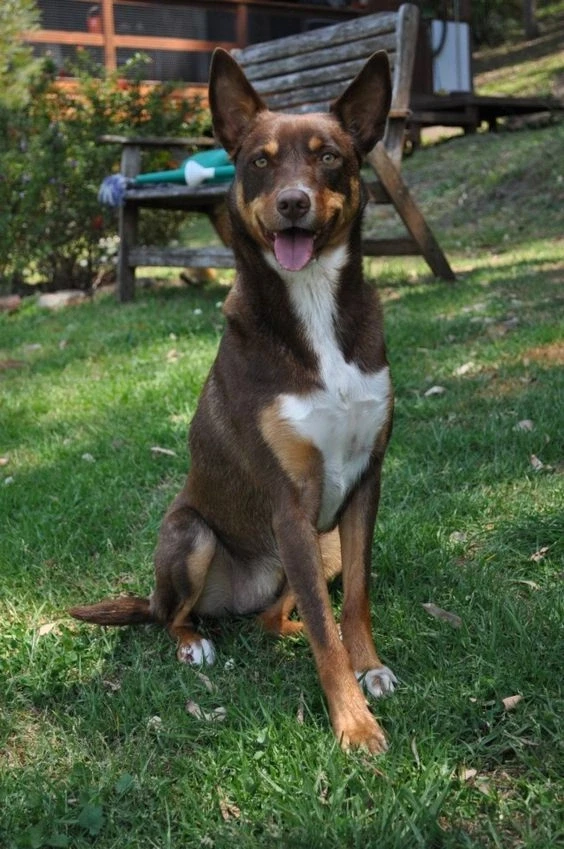
Working Kelpie
About
The Working Kelpie is an intelligent, energetic, and highly driven breed that excels as a working dog and makes a devoted companion for those who can meet its needs. With their unmatched stamina, trainability, and natural herding instincts, they thrive in environments where they can be active and put their skills to use. Their combination of loyalty, intelligence, and hard-working nature ensures they are a cherished and invaluable partner for those who appreciate their unique qualities and dedication.
 Breed Size
Breed Size
-
Weight (Male)
13-27 kg
-
Weight (Female)
13-27 kg
-
Height (Male)
48-64 sm
-
Height (Female)
48-64 sm
 Coat
Coat
-
Fur Type
Smooth
-
Color
One color
 Care
Care
-
Walk
>45 minutes/day
-
Breed group
Foundation Stock Service
-
Breed Size
M
-
Demeanor category
Alert/Responsive
 Breed Traits
Breed Traits
-
Barking
-
Good with young children
-
Drooling
-
Energy level value
-
Grooming frequency value
-
Good with other dogs
-
Trainability
 Breeds Club Recognition
Breeds Club Recognition
-
Trainability Category
>Independent
-
Temperament
>Alert, Eager, Intelligent
